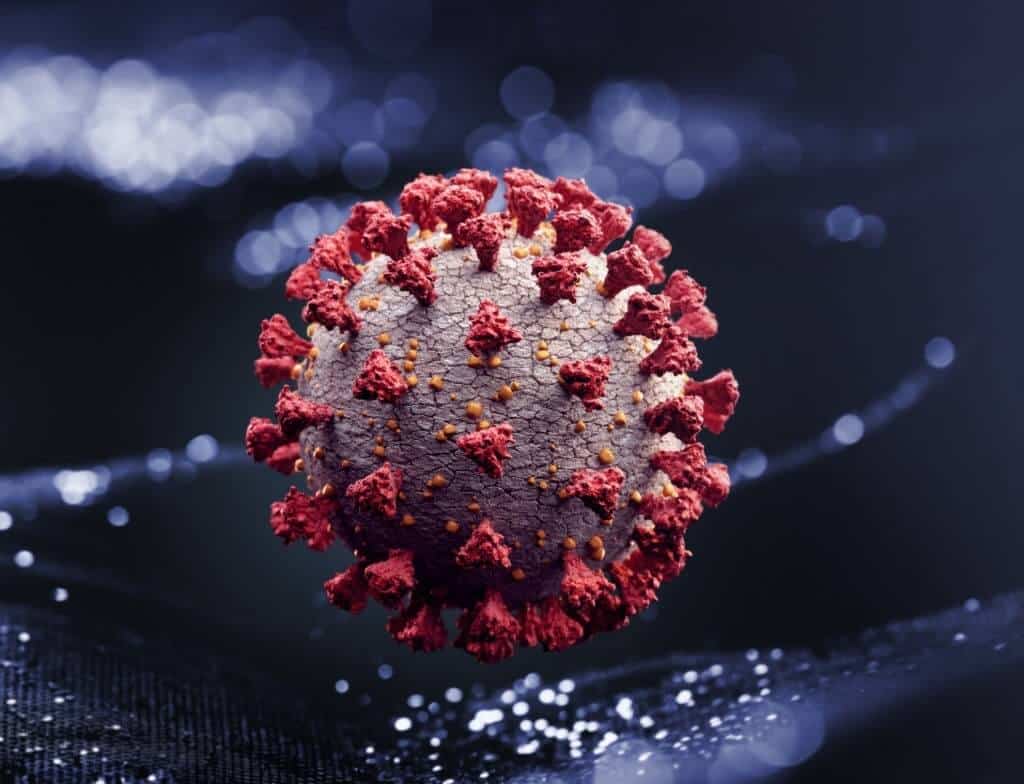In-hospital STEMI Mortality Higher With COVID-19
Nikki Attkisson | Last Updated : November 6, 2021ST-portion height myocardial dead tissue (STEMI) with an attendant conclusion of COVID-19 is related with higher paces of in-clinic mortality versus STEMI without COVID-19, new examination proposes.
Agents reflectively broke down information from more than 80,000 patients, utilizing penchant score coordinating to contrast those and COVID-19 and STEMI to two benchmark groups: patients hospitalized with STEMI in 2019 and patients without COVID-19 who were hospitalized with STEMI in 2020.
In-hospital STEMI Mortality Higher With COVID-19
In the wake of adapting to the patient and medical clinic factors, they saw as 15.2% of patients with COVID-19 and out-of-emergency clinic STEMI passed on, contrasted and 11.2% of patients with STEMI however without COVID-19.
For those with in-medical clinic STEMI and COVID-19, in-emergency clinic mortality was 78.5% versus 46.1% for those without COVID.

The scientists acquired comparative discoveries when they contrasted patients and COVID-19 and STEMI to patients without COVID-19 and STEMI from 2020, or patients with STEMI from 2019, before the beginning of COVID-19.
With better comprehension of the relationship among STEMI and COVID-19, we exceptionally urge rehearsing clinicians to instruct their patients about the significance of alleviating the danger of contracting COVID-19 contamination, both in those in danger for intense coronary conditions and in the people who are not, as they might, in any case, fill in as transporters who might communicate diseases to patients in danger, lead creator Marwan Saad, MD, Ph.D., overseer of interventional underlying heart research, Lifespan Cardiovascular Institute, Providence, Rhode Island, told theheart.org | Medscape Cardiology.
The review was distributed web-based on October 29 in the Journal of the American Medical Association.
Inadequate Data
Less fortunate STEMI-related results have been accounted for all through the pandemic, incorporating higher paces of in-emergency clinic mortality, however regardless of whether these results have been the consequence of pandemic-related elements or SARS-CoV-2 disease is muddled, the writers compose.
Even though information from little investigations propose more unfortunate results following out-of-medical clinic STEMI in those with COVID-19, hardly any comprehensive agent information exists and there is little exploration that portrays intense in-clinic STEMI in patients hospitalized with COVID-19, they state.
While it isn’t startling that patients with any ailment will toll more regrettable if they have accompanying COVID-19, hardly any distributed information were accessible describing the relationship between COVID-19 and result in patients with STEMI, said Saad, who is likewise an associate teacher of cardiovascular medication at Warren Alpert Medical School of Brown University.
The scientists intended to more readily comprehend and measure the danger of in-emergency clinic mortality in patients with STEMI and COVID-19, including the more uncommon circumstance where patients foster STEMI while hospitalized for another condition.
To research the inquiry, they went to the Vizient Clinical Database that incorporates data from patients hospitalized at 757 scholastic clinical focuses and associated emergency clinics in each of the 50 states. They included grown-up patients 18 and more established hospitalized with STEMI at a percutaneous coronary intercession (PCI)- fit focus between January 1, 2019, and December 31, 2020.
The examination zeroed in on patients from 509 focuses who supported out-of-clinic or in-emergency clinic STEMI.
Of the out-of-clinic STEMI patients (n = 76,434), 64.1% fell between ages 51-74 years, and generally (70.3%) were male; after inclination coordinating, 551 were found to have COVID-19, versus 2755 without COVID-19.
Of the in-emergency clinic STEMI patients (n = 4015), 58.3% were between ages 51-72 years and 60.7% were male; after inclination coordinating, 252 were found to have COVID-19, while 756 didn’t.
Patients with COVID-19 were essentially bound to get self-standing fibrinolytic, contrasted and those without COVID-19 (8.1% versus 1% separately). Then again, they were more averse to going through coronary angiography (30.4% versus 50.8), any PCI (22.8% versus 36.5%), or coronary vein sidestep uniting (0.3% versus 7.3% — all P esteems < .001). Additionally, mechanical circulatory help was utilized essentially less now and again in patients with COVID-19 (5% versus 12.1%).
Incendiary Connection?
There were eminently higher paces of in-clinic mortality in those with in-clinic STEMI and COVID-19, contrasted with those with in-emergency clinic STEMI yet no COVID-19. No comparable distinction was found among out-of-clinic STEMI patients.
With over 15 years as a practicing journalist, Nikki Attkisson found herself at Powdersville Post now after working at several other publications. She is an award-winning journalist with an entrepreneurial spirit and worked as a journalist covering technology, innovation, environmental issues, politics, health etc. Nikki Attkisson has also worked on product development, content strategy, and editorial management for numerous media companies. She began her career at local news stations and worked as a reporter in national newspapers.
